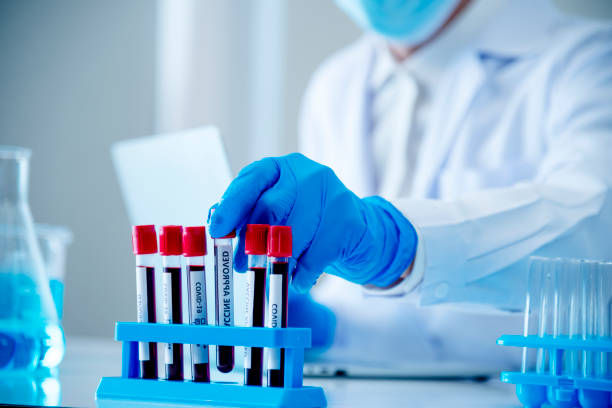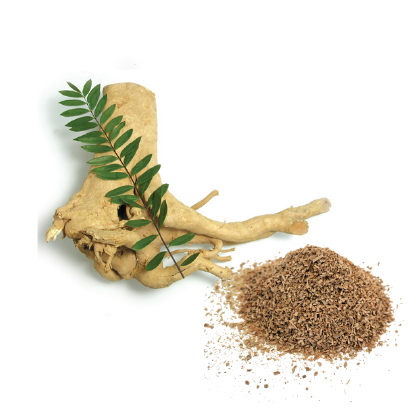What Is a Normal Testosterone Level for a Man? Age, Ranges, and What Affects It
- Muhd. Hanis
- Sep 18
- 3 min read
If you’ve ever wondered “what is a normal testosterone level for a man?” you’re not alone. Testosterone is one of the most searched health topics in the United States because it plays a vital role in men’s health — from energy and mood to muscle growth, bone strength, and sex drive.
In this post, let myself break down the normal testosterone ranges for men by age, explain what affects these levels, and share natural tips for keeping testosterone in a healthy range.

What Is Testosterone?
Testosterone is the primary male sex hormone. While it’s best known for regulating sexual health, testosterone also:
Supports muscle mass and strength.
Maintains bone density.
Regulates fat distribution.
Influences mood and cognitive function.
Affects energy levels and motivation.
Because of these wide-ranging effects, even small changes in testosterone can impact daily life.
"According to StatPearls (NCBI), testosterone is produced by Leydig cells in the testes and plays a central role in male sexual development and muscle growth." (Source : NCBI)
What Is a Normal Testosterone Level for a Man?
Doctors typically measure testosterone through a blood test. The standard measurement is nanograms per deciliter (ng/dL).
According to the American Urological Association (AUA) and Endocrine Society:
Normal range for adult men: 300 – 1,000 ng/dL
Borderline low testosterone (hypogonadism): Below 300 ng/dL
High testosterone (uncommon without medical treatment): Above 1,000 ng/dL
⚠️ Important: Levels can vary slightly depending on the lab and time of day (testosterone is highest in the morning).
Testosterone Levels by Age
Testosterone naturally changes with age. Here’s a general breakdown:
20s – 30s: Peak testosterone production. Normal levels often fall between 600 – 1,000 ng/dL.
40s – 50s: Gradual decline begins, usually about 1% per year. Average range is 500 – 800 ng/dL.
60s and beyond: Levels may drop further, with many men falling in the 300 – 600 ng/dL range.
This age-related decline is natural, but lifestyle factors can speed it up or slow it down.
Signs of Low Testosterone
Knowing the numbers is helpful, but symptoms often tell the bigger story. Common signs of low testosterone include:
Low energy and fatigue.
Reduced sex drive or erectile issues.
Loss of muscle mass.
Increased body fat (especially belly fat).
Mood swings, irritability, or mild depression.
Trouble focusing or memory problems.
Reduced body hair growth.
If these symptoms sound familiar, a blood test is the only way to confirm testosterone levels.
Factors That Affect Testosterone Levels
Several things influence testosterone production:
Lifestyle Habits
Poor sleep, lack of exercise, and chronic stress can reduce levels.
Diet and Nutrition
Low-protein or nutrient-deficient diets may affect hormone balance.
Medical Conditions
Diabetes, obesity, or thyroid problems can contribute to low testosterone.
Medications
Certain drugs, like steroids or opioids, may lower testosterone.
Natural Aging
As mentioned, testosterone naturally declines with age.
Natural Ways to Support Healthy Testosterone
If your levels are in the lower range but not dangerously low, lifestyle changes and natural support may help. Here are evidence-based tips:
Exercise Regularly : Weight training and high-intensity workouts boost testosterone production.
Get Enough Sleep : Poor sleep is linked to lower testosterone. Aim for 7–9 hours nightly.
Eat a Balanced Diet : Include lean protein, healthy fats, and minerals like zinc and magnesium.
Maintain a Healthy Weight : Excess body fat (especially belly fat) is associated with lower testosterone.
Reduce Stress : Chronic stress raises cortisol, which suppresses testosterone.
Consider Herbal Support : Herbs like maca root, Tongkat Ali, and guarana are gaining popularity for supporting vitality and energy naturally. While research is ongoing, many men report improved energy and wellness.
When to See a Doctor
If you experience symptoms of low testosterone and suspect your levels are below the normal range, it’s important to:
Get a blood test in the morning.
Consult a doctor to rule out underlying conditions.
Discuss treatment options, including lifestyle changes, supplements, or medical therapy.
Final Thoughts
So, what is a normal testosterone level for a man? For most adult men, it’s between 300 – 1,000 ng/dL, with higher numbers common in younger men and gradual declines as men age.
If you’re concerned about low energy, mood swings, or sexual health, knowing your testosterone range is a valuable first step. From there, healthy lifestyle choices — and in some cases, natural support from herbs — can help you maintain balance and vitality.



Comments